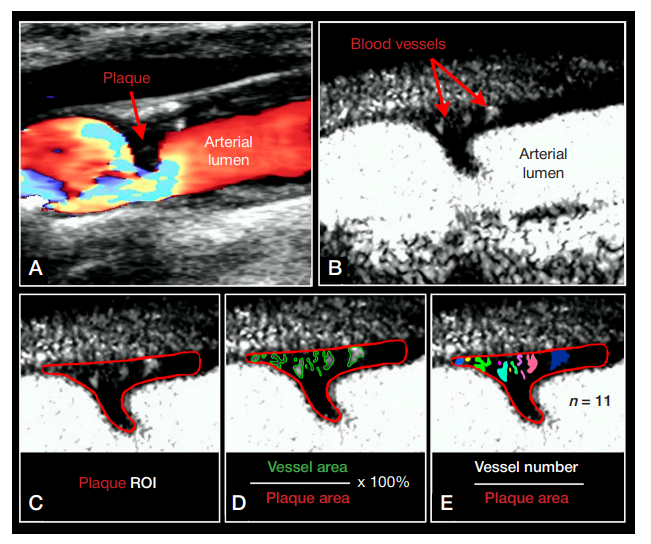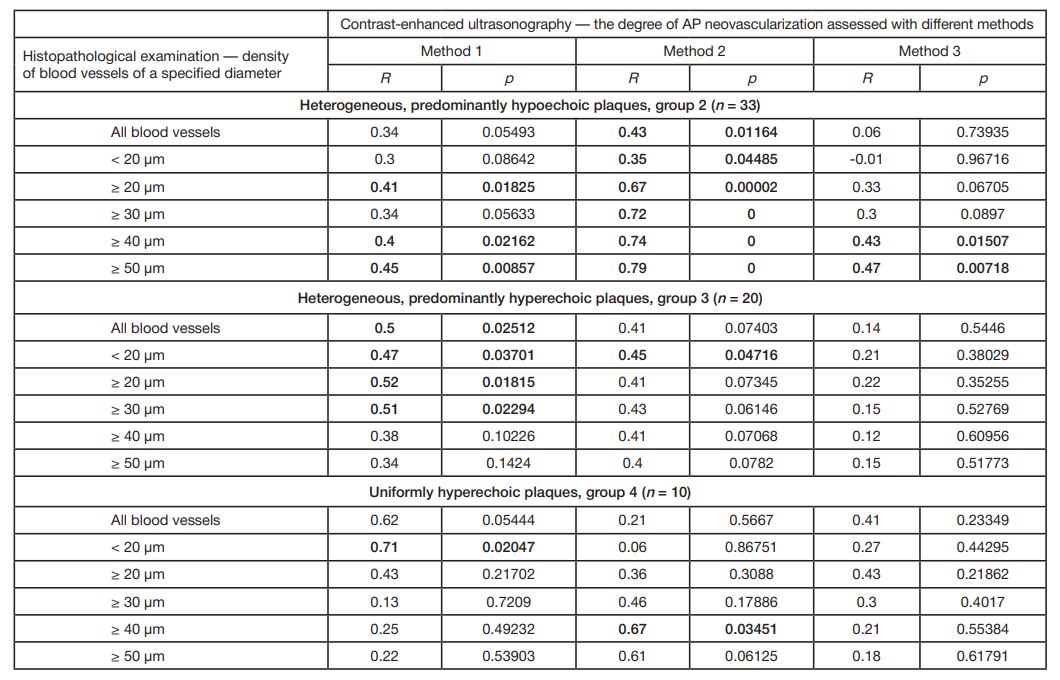
ORIGINAL RESEARCH
Contrast-enhanced ultrasonography for assessing neovascularization of carotid atherosclerotic plaque
Research Center of Neurology, Moscow, Russia
Correspondence should be addressed: Anna N. Evdokimenko
Volokolamskoe shosse 80, Moscow, 125367; ur.ygoloruen@oknemikodve
Funding: this study was supported by Research Center of Neurology Government funding.
Acknowledgment: the authors thank Skrylev SI, Shchipakin VL and Koshcheev AYu (Vascular and Endovascular Surgery Unit, Research Center of Neurology) for providing biopsy specimens.
Author contribution: Evdokimenko AN — literature analysis, study design, data acquisition and interpretation, manuscript preparation; Chechetkin AO — literature analysis, study design, data acquisition and interpretation, manuscript revision; Druina LD — data acquisition; Tanashyan MM — study design, manuscript revision.




